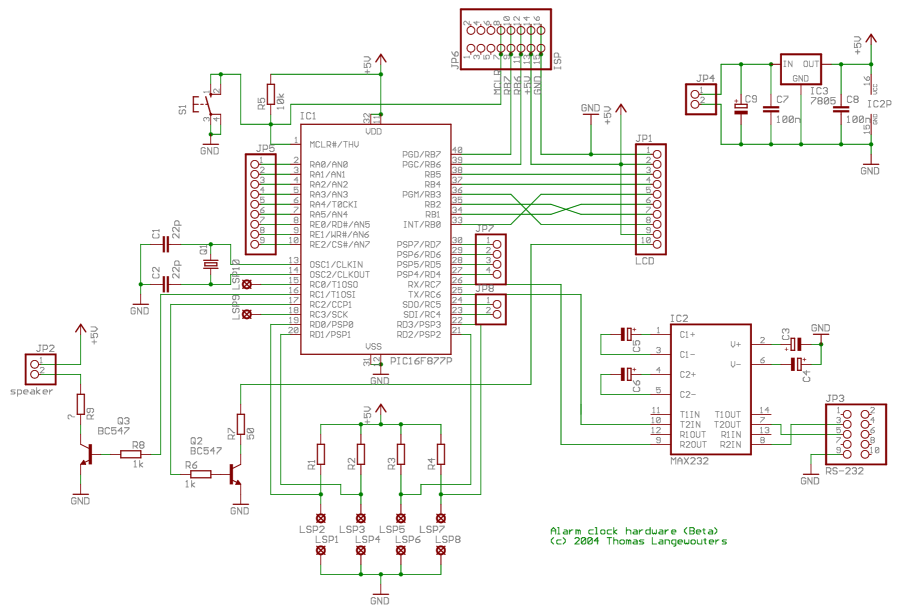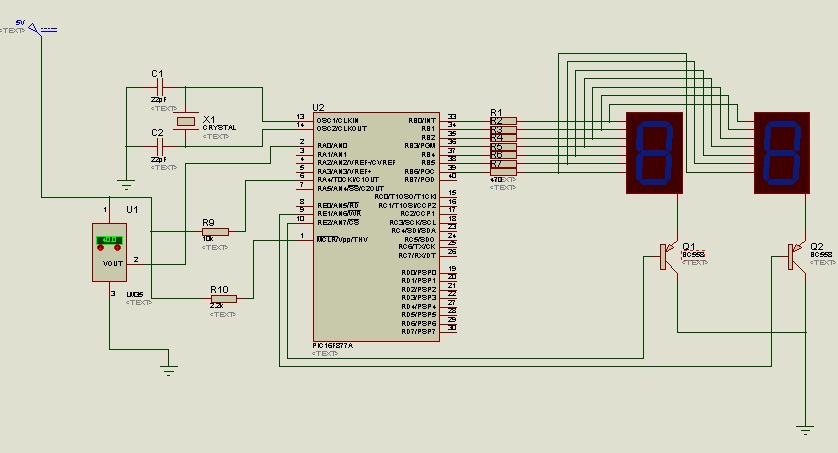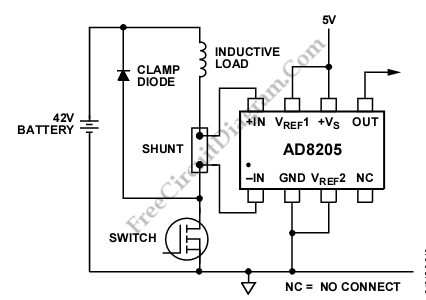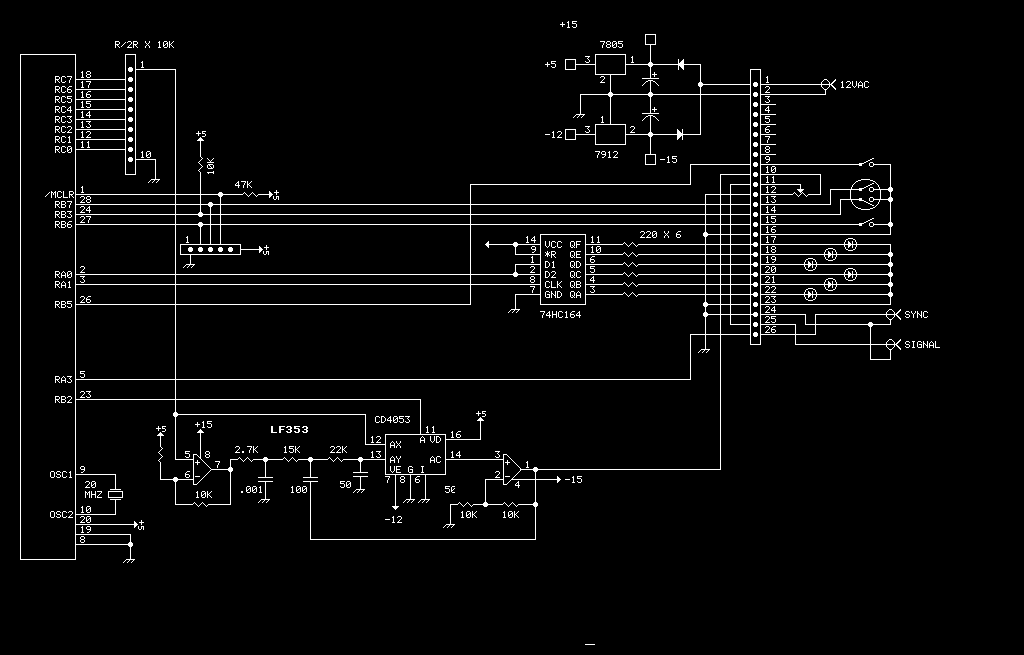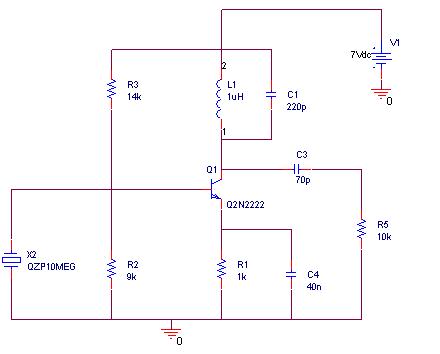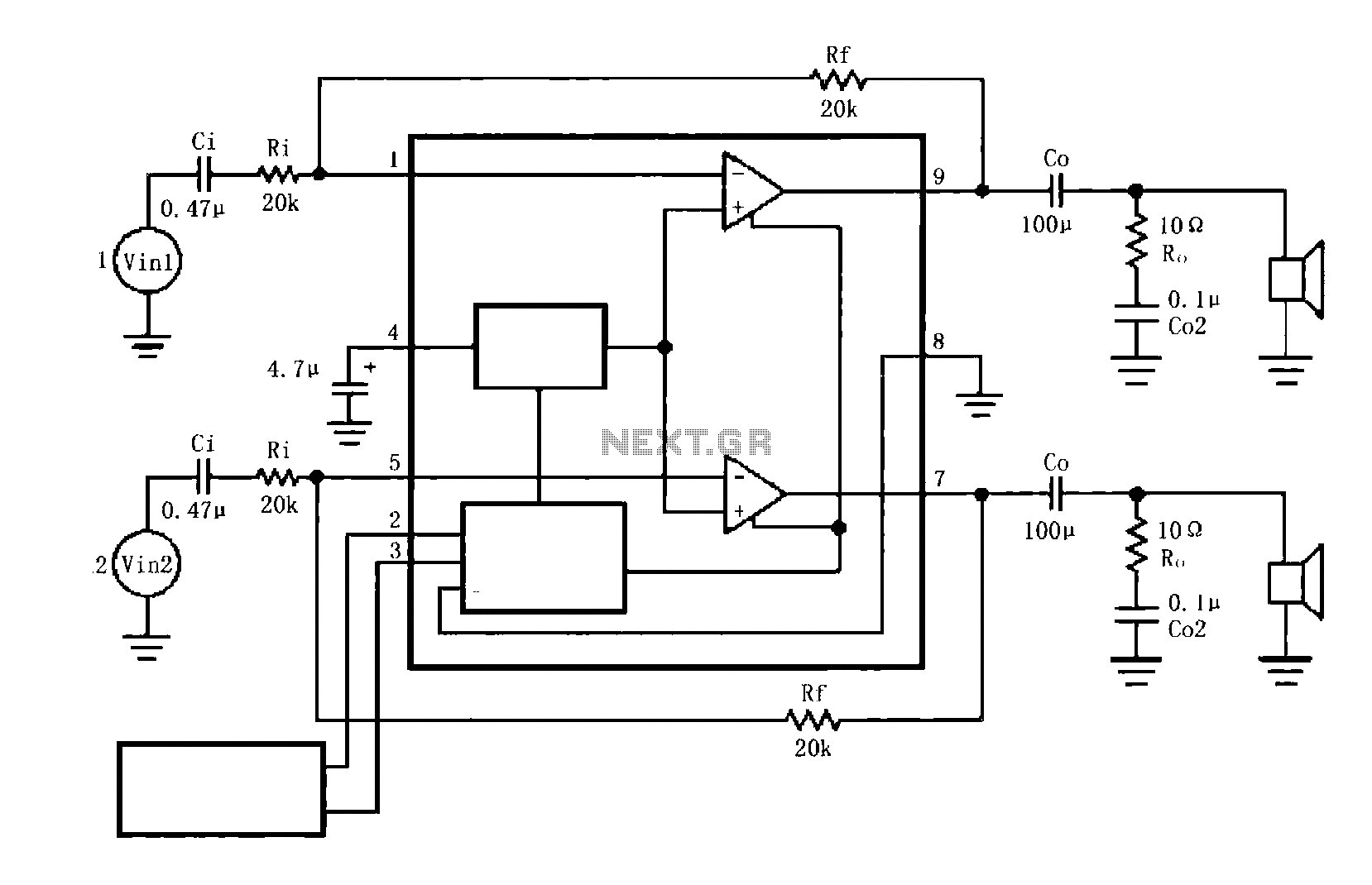
PIC Current Limiter
The PIC/Generation 1 electronics lack any form of current limiting. They depend on the resistance of the stepper motors to maintain the current below 2 Amps at 12 Volts. Unfortunately, the more commonly available stepper motors of the size used in RepRap have significantly lower resistances. For instance, the stepper motors supplied by BitsFromBytes have a resistance of XXXX. Below is the schematic for a single coil; each stepper motor consists of two coils. Since each coil requires one comparator, an LM393 (dual comparator) could be utilized. However, it is generally more cost-effective to use an LM339 (quad comparator) and design the circuit to accommodate four coils for two motors.
The described circuit primarily addresses the current management in stepper motors used in RepRap applications. The absence of current limiting in the PIC/Generation 1 electronics necessitates reliance on the inherent resistance of the stepper motors to prevent excessive current draw. This design choice poses a challenge, particularly as many commercially available stepper motors exhibit lower resistance values, leading to potential overcurrent situations.
The schematic for a single coil indicates that each stepper motor is composed of two coils, which are essential for the motor's operation. To effectively monitor and manage the current through these coils, comparators are employed. The LM393, a dual comparator, can be used for this purpose; however, using an LM339, which contains four comparators, offers a more efficient solution. This approach allows for the monitoring of all four coils associated with two motors, optimizing component usage and reducing overall circuit costs.
In this configuration, the comparators will be set up to compare the voltage across the coil with a reference voltage that corresponds to the desired current limit. If the voltage exceeds the reference, indicating that the current is too high, the comparator output can trigger a control mechanism to reduce the power supplied to the motor, thus protecting the circuit from damage due to overcurrent conditions.
The implementation of the LM339 in this context not only simplifies the design but also enhances reliability, as fewer components are required. The overall circuit can be designed to ensure that each coil operates within safe limits, promoting longevity and performance in the stepper motors utilized in 3D printing applications.The PIC/Generation 1 electronics do not have any form of current limitting. They rely on the stepper motors resistance to keep the current below 2 Amps at 12 Volts. Unfortunatly the more commonly available Steppers of the size used in RepRap have much lower resistances. e. g. The current BitsFromBytes supplied Steppers have a resistance of XXXX. Be low is the schematic for a single coil, each stepper motor has two coils. As each coil requires one comparator an LM393 (dual comparator) could be used. It is almost certainly cheaper though to use an LM339 (quad comparator) and build the circuit to handle 4 coils / 2 motors. 🔗 External reference
The described circuit primarily addresses the current management in stepper motors used in RepRap applications. The absence of current limiting in the PIC/Generation 1 electronics necessitates reliance on the inherent resistance of the stepper motors to prevent excessive current draw. This design choice poses a challenge, particularly as many commercially available stepper motors exhibit lower resistance values, leading to potential overcurrent situations.
The schematic for a single coil indicates that each stepper motor is composed of two coils, which are essential for the motor's operation. To effectively monitor and manage the current through these coils, comparators are employed. The LM393, a dual comparator, can be used for this purpose; however, using an LM339, which contains four comparators, offers a more efficient solution. This approach allows for the monitoring of all four coils associated with two motors, optimizing component usage and reducing overall circuit costs.
In this configuration, the comparators will be set up to compare the voltage across the coil with a reference voltage that corresponds to the desired current limit. If the voltage exceeds the reference, indicating that the current is too high, the comparator output can trigger a control mechanism to reduce the power supplied to the motor, thus protecting the circuit from damage due to overcurrent conditions.
The implementation of the LM339 in this context not only simplifies the design but also enhances reliability, as fewer components are required. The overall circuit can be designed to ensure that each coil operates within safe limits, promoting longevity and performance in the stepper motors utilized in 3D printing applications.The PIC/Generation 1 electronics do not have any form of current limitting. They rely on the stepper motors resistance to keep the current below 2 Amps at 12 Volts. Unfortunatly the more commonly available Steppers of the size used in RepRap have much lower resistances. e. g. The current BitsFromBytes supplied Steppers have a resistance of XXXX. Be low is the schematic for a single coil, each stepper motor has two coils. As each coil requires one comparator an LM393 (dual comparator) could be used. It is almost certainly cheaper though to use an LM339 (quad comparator) and build the circuit to handle 4 coils / 2 motors. 🔗 External reference
Warning: include(partials/cookie-banner.php): Failed to open stream: Permission denied in /var/www/html/nextgr/view-circuit.php on line 713
Warning: include(): Failed opening 'partials/cookie-banner.php' for inclusion (include_path='.:/usr/share/php') in /var/www/html/nextgr/view-circuit.php on line 713
